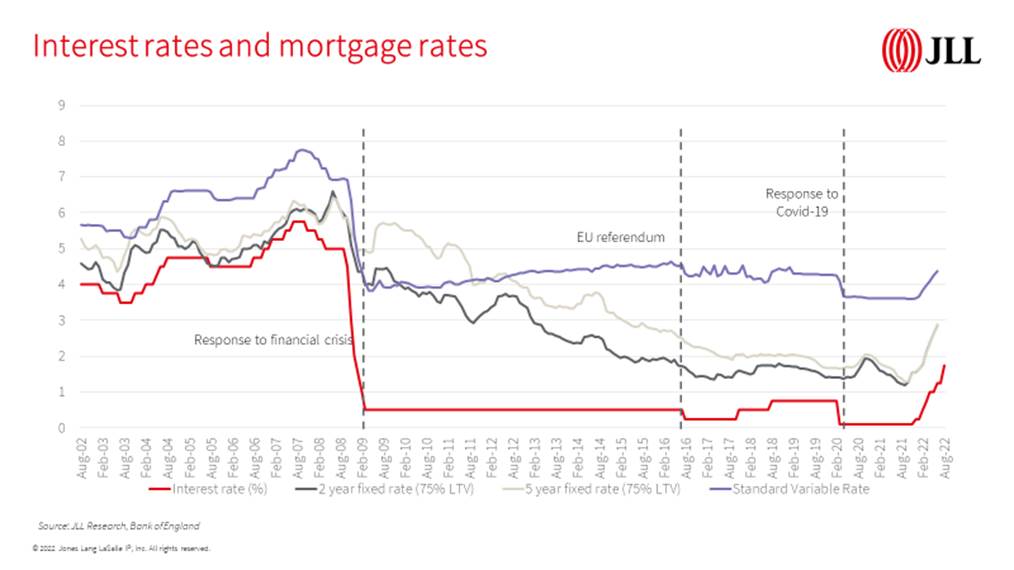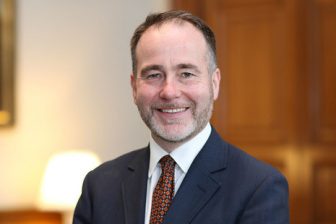
Canopy and Housing Hand announce new partnership
Rental guarantor service Housing Hand, and renting firm Canopy, have announced a partnership that will further the companies’ missions to reduce barriers to private renting.
The partnership will see Housing Hand support renters who would otherwise be ineligible to move home. As a result, an increased number of tenants who were previously locked out of the housing market, will now have the ability to find and move into their new home. While doing so, they will use the renting process that Canopy provides.
Nearly 9% of all Canopy references over the last year required a Guarantor, and the company says there is no doubt this number will only increase even more over the next few months given the current economic climate. Canopy has already seen the proportion jump to over 12% in the last 3 months.
Housing Hand has operated as a guarantor services provider for over nine years. The company is backed by a strong financially rated UK insurer, to underwrite its rent default liability, and has partnered with and served over 7,000 accommodation providers. During that time, Housing Hand has processed more than 80,000 tenant applicants and guaranteed over £600m worth of rent. The company’s focus is on opening private renting to a wider pool of individuals by removing traditional barriers.
Canopy provides an ecosystem for renters, letting agents and landlords, improving the lives of rental households by providing access to tools, services and products that fix pain points and enable them to improve their financial health.
From July 2022, Housing Hand will be working with Canopy to serve as a rental guarantor for those who want to rent but don’t meet traditional referencing requirements.
Individuals usually have to earn 2.5 to 3 times the annual rental amount in order to be eligible to rent a property. With Housing Hand, they only need 1.5 times net earnings to qualify, which significantly lowers the threshold for accessing a rental property.
Housing Hand serves as the individual’s guarantor, which means that the risk sits with Housing Hand, and not with the landlord. 100% of rent is covered 100% of the time, meaning that the landlord can access a wider pool of potential tenants and renters can unlock their next move.
Chris Hutchinson, Chief Executive Officer of Canopy, said:
“We often hear about renters who are likely great tenants but are unable to meet the minimum criteria expected by the housing market. By partnering with Housing Hand, the biggest rent guarantor service in the UK, we are able to support more of these renters in finding a new home, while ensuring that landlords actually have even more protection.”
“Rising uncertainty in the wider economy is leading to a growing need for guarantor services and now our housing market partners can say yes to more potential renters while at the same time, reducing the risk they face.”
“For renters, choice is key. For those who are asked to provide a Guarantor but are unable to find one, or don’t wish to use a family member, this service enables them to move into a property without having to pay more rent upfront.”
James Maguire, Head of Sales and Business Development at Housing Hand added:
“We are delighted to be partnering with Canopy to make renting more accessible and to ease the process for tenants, agents, and landlords alike. With no cap on the number of professional renters that Housing Hand can guarantee, we are opening the market up to a wider pool of tenants for our partners, while reducing risk and increasing occupancy across the private rental sector.
“We look forward to a long and successful partnership with Canopy and further collaborative innovations over the coming years.”




